Table of content
Introduction
Crispy fried peanuts, or “you su hua sheng” in Chinese, are a beloved snack enjoyed worldwide for their delightful crunch and rich, nutty flavor. Whether served as an appetizer, a side dish, or simply munched on by the handful, these golden-brown morsels offer a delightful burst of taste in every bite. However, achieving the perfect crispiness can be a challenge for even the most seasoned cooks. This comprehensive guide aims to demystify the process and provide you with step-by-step instructions, tips, and tricks to ensure your fried peanuts are nothing short of exquisite.
Understanding the Ingredients
Before diving into the cooking process, it’s crucial to understand the key ingredients and their roles in creating crispy fried peanuts.
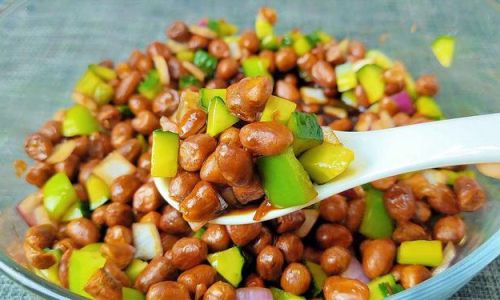
Peanuts
The foundation of any fried peanut dish is, of course, the peanuts themselves. Choose raw, unsalted peanuts for the best results. Shelled peanuts are most common, but you can also use unshelled ones if you prefer a bit more crunch and texture. Ensure the peanuts are fresh and free of any mold or discoloration.
Oil
The oil you choose will significantly impact the final texture and flavor of your fried peanuts. Neutral oils like vegetable, canola, or peanut oil are ideal because they have a high smoking point and don’t add unwanted flavors. Avoid using olive oil or other strongly flavored oils, as they can overpower the delicate nutty taste of the peanuts.
Seasonings (Optional)
While fried peanuts are delicious on their own, a sprinkle of salt, a dash of pepper, or a light dusting of spices can elevate them to new heights. Common seasonings include:
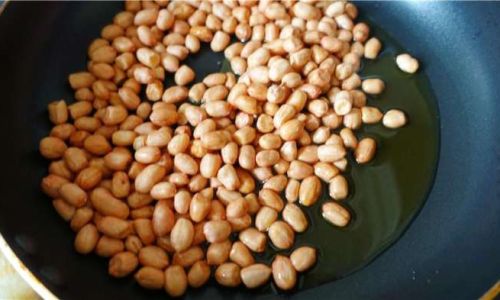
- Salt: The classic choice, enhancing the natural flavors of the peanuts.
- Pepper: Black, white, or even chili pepper can add a spicy kick.
- Spices: Cumin, paprika, garlic powder, or a blend of your favorite spices can transform your peanuts into a gourmet snack.
- Sugar: A touch of sugar can create a caramelized crust, adding sweetness and complexity.
Preparing the Peanuts
Before frying, there are a few essential steps to ensure your peanuts are ready for the hot oil.
Cleaning
Inspect the peanuts carefully and remove any stones, dirt, or damaged nuts. A quick rinse under cold water can help, but be sure to dry them thoroughly. Wet peanuts will cause the oil to splatter and can lead to uneven frying.
Soaking (Optional)
Some recipes recommend soaking the peanuts in water for a few hours or overnight. This can help remove excess starch, which can make the peanuts less crispy. However, soaking also increases the cooking time and can alter the final texture. If you prefer a lighter, crispier result, you may skip this step.
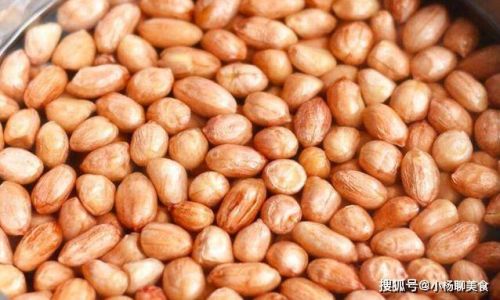
Drying
If you’ve soaked your peanuts, dry them thoroughly with a clean kitchen towel or paper towels. Air-drying for a few hours can also help. Ensure they are completely dry before frying to prevent the oil from becoming too hot and potentially burning.
The Frying Process
Now, let’s dive into the heart of the matter: frying the peanuts to perfection.
Heating the Oil
- Choosing the Pan: A deep, heavy-bottomed pan is best for frying. It distributes heat evenly and reduces the risk of hot spots that can cause burning.
- Measuring the Oil: Pour enough oil into the pan to fully submerge the peanuts. Aim for a depth of about 2-3 inches.
- Heating: Place the pan over medium-high heat. Use a thermometer to monitor the oil’s temperature. It should reach around 325°F (163°C) for optimal frying.
Frying the Peanuts
- Adding the Peanuts: Once the oil reaches the desired temperature, carefully add the peanuts to the pan. They should be in a single layer to ensure even frying.
- Maintaining Temperature: Adjust the heat as needed to maintain a consistent temperature. The oil should bubble gently but not vigorously.
- Stirring: Stir the peanuts frequently with a slotted spoon or frying basket to prevent them from sticking together or burning. This also ensures even cooking.
- Timing: Frying time can vary depending on the size and moisture content of the peanuts. Generally, it takes about 5-10 minutes for the peanuts to turn golden brown and crispy. Keep a close eye on them, as they can go from perfectly crispy to burnt in a matter of seconds.
Testing for Doneness
To check if the peanuts are done, remove a few from the oil and let them cool slightly. They should be golden brown and emit a nutty aroma. Taste one to ensure it’s crispy on the outside and cooked through on the inside. If they’re not quite there, return them to the oil for a minute or two longer.
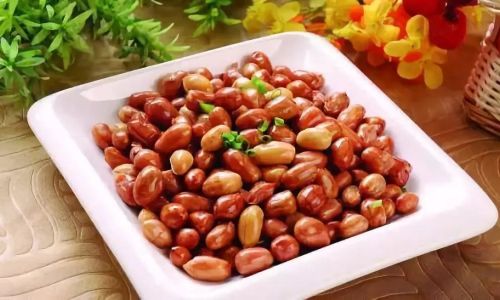
Draining and Cooling
Once the peanuts are perfectly crispy, it’s time to remove them from the oil and let them cool.
Draining
- Removing from Oil: Use a slotted spoon or frying basket to transfer the peanuts to a paper towel-lined plate or bowl. Let the excess oil drain off.
- Double Draining: For even crispier peanuts, you can place another layer of paper towels on top of the fried nuts and gently press down to absorb more oil.
Cooling
- Spread Out: Spread the peanuts in a single layer on the plate or bowl to cool. This prevents them from steaming and becoming soggy.
- Patience: Allow the peanuts to cool completely. They will continue to crisp up as they cool.
Seasoning and Serving
Now that your peanuts are crispy and cool, it’s time to add some flavor.
Seasoning
- Salt: Sprinkle with coarse sea salt or kosher salt while the peanuts are still warm. This allows the salt to stick better.
- Other Seasonings: If using spices or herbs, sprinkle them over the peanuts and toss gently to coat evenly.
- Taste and Adjust: Taste a few peanuts to ensure the seasoning is to your liking. Add more if necessary.
Serving
- Storage: Store your crispy fried peanuts in an airtight container at room temperature. They will stay crispy for several days.
- Serving Suggestions: Enjoy them as a snack on their own, sprinkle them over salads or soups, or use them as a topping for stir-fries and other dishes.
Troubleshooting and Tips
Even the best cooks encounter issues sometimes. Here are some troubleshooting tips and additional advice to help you perfect your crispy fried peanuts.
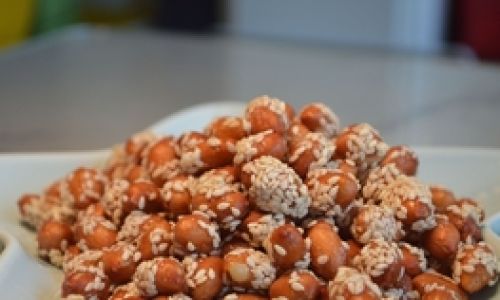
Common Issues
- Soggy Peanuts: This often happens if the peanuts are not dried thoroughly before frying or if they are not cooled properly after frying.
- Burnt Peanuts: This can result from too high heat or leaving the peanuts in the oil for too long. Always monitor the temperature and stir frequently.
- Oil Splattering: Wet peanuts or water in the oil can cause splattering. Ensure everything is dry before starting.
Tips for Success
- Use a Thermometer: A cooking thermometer is invaluable for maintaining the correct oil temperature.
- Don’t Crowd the Pan: Overcrowding can reduce the oil’s temperature and lead to uneven frying. Fry in batches if necessary.
- Practice Patience: Cooling is crucial for achieving maximum crispiness. Don’t rush this step.
- Experiment with Seasonings: Don’t be afraid to try new combinations of spices and herbs to find your perfect flavor profile.
Conclusion
Crispy fried peanuts are a delightful treat that can be enjoyed in countless ways. By following the steps outlined in this guide, you’ll be able to create perfectly crispy peanuts that are sure to impress. Remember, the key to success is attention to detail, patience, and a willingness to experiment with different ingredients and techniques. Happy frying!
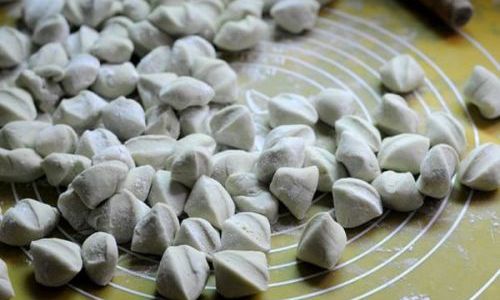
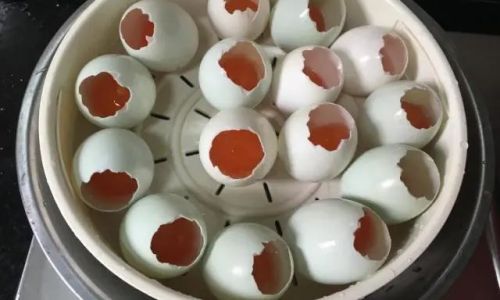
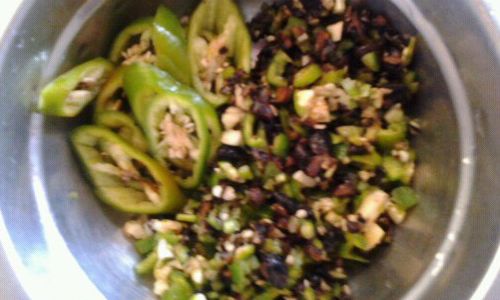
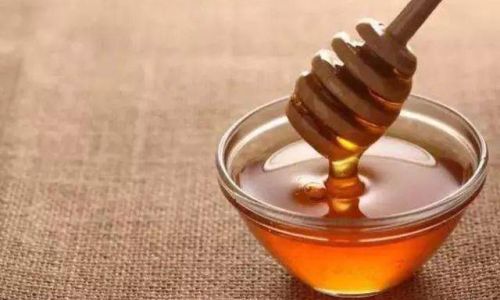


0 comments